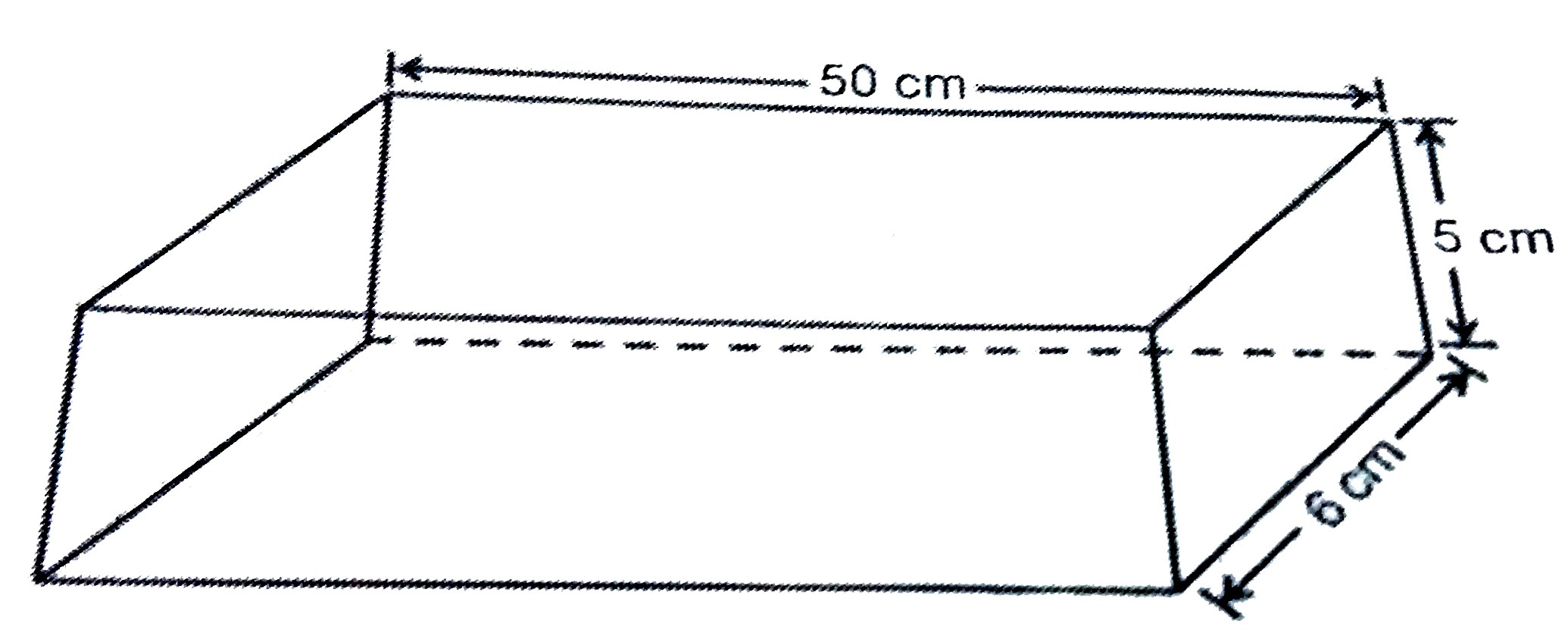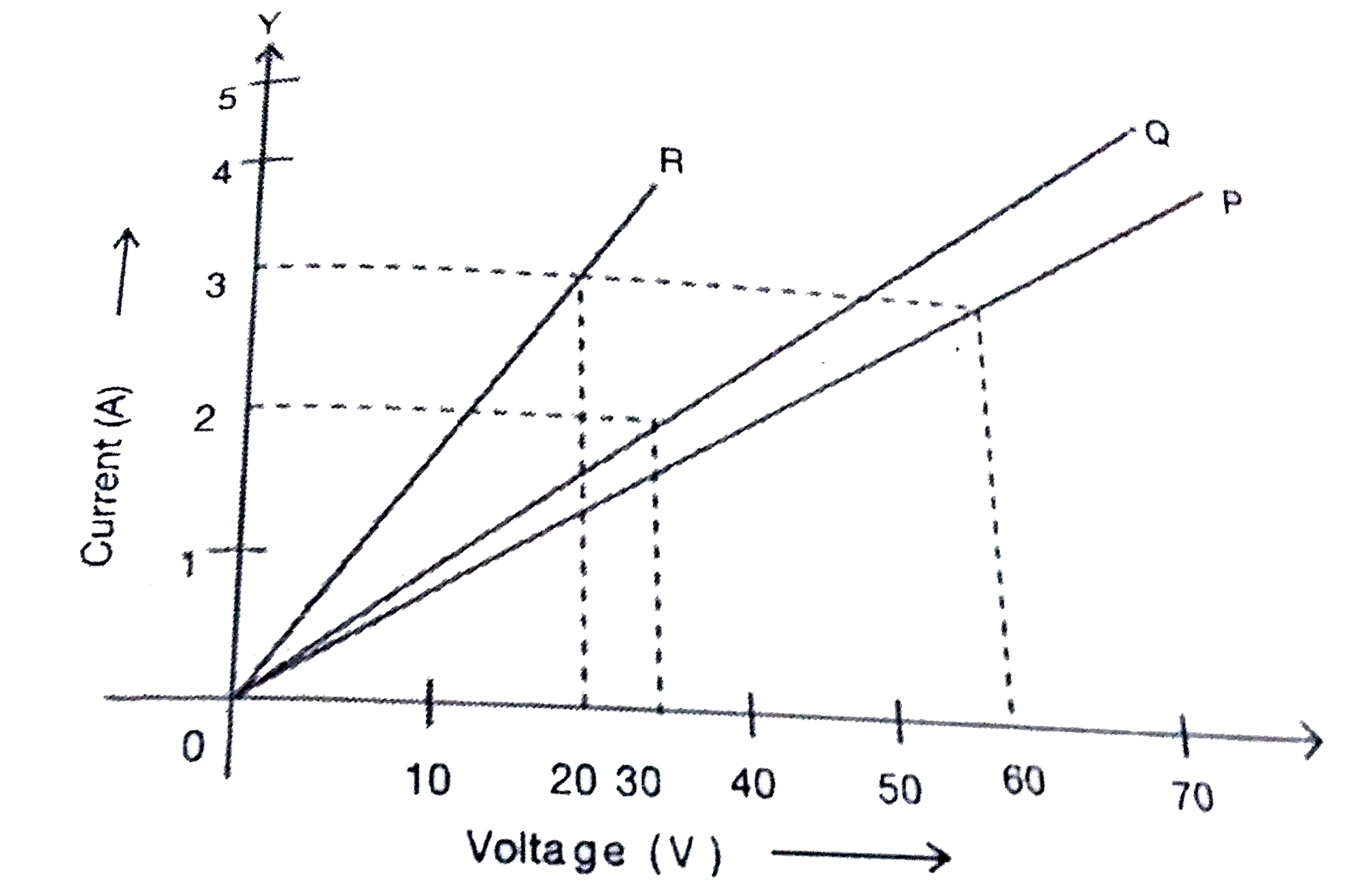Complete Solutions to Level 2 of chapter Electricity of Class 9 book with complete answers and questions
| Class 9 | PHYSICS |
| Chapter | Electricity |
| PEARSON IIT JEE FOUNDATION | Level 2 |
| Number Of Questions | 20 |
| Academic Year | 2023-24 |
An electric kettle of 2000 Wis used to boil 20 litres of water. Find the time required to boil to the water from its initial temperature of `20^(@)C`. (Take specific heat of water as `4200 J kg^(-1) K^(-1)`. Density of water `= 1000kg m^(-3)`)
04:10View SolutionA circle is consturcted of a uniform wire of resistance of 2 ohm per cm and is connected in a circuit such that it offers maximum resistance. (Take redius of the circle as 7 cm).
`R/l = (2Omega)/(cm) pir^(2)`
`R prop l/a`
`R/l = (l)/(a)`View SolutionAn electrostatic force of attraction between two point charges A and B is 1000 N.If the charge on A is increased by 25% and that on B is reduced by 25% and the initial distance them is decreased by `25%`, find the new force of attraction between them.
05:09View SolutionA capacitor of `10 muF` stores charge 10 mC at given potential difference. If capacitace of capacitor is double then find charge shared for same potential difference.
03:25View SolutionCalculate the electric energy consumed by a 2 HP pump if it is used for 2 hours. If the group is used to fill an overhead tank, which is at a mean height of 10 m , find the quantity of water lifted by the pump.
(Take `g = 10 ms^(-2)`).04:31View SolutionIn the following diagram, if the potential difference across AB is 10 V what is the reading shown by `V_(2)` ?
How are the reading of `V_(1)` and `V_(4)`, which reading is higher ? Explains your answer (All volt metres are identified).
 07:57View Solution
07:57View SolutionTwo `alpha` particles are separated by a distance of 4 fermi (in air). Find the Columbian force between them.
03:35View SolutionAn electric current of 8 A is made to flow through a room heater of resistance `30 omega`. Calculate
(1) the potential difference across the heater.
(2) the power supplied to the heater.
(3) the amount of heat energy liberated from it in one minute.
(4) If the heater is used for 10 hours daily in the months of December, then find the num ber of units of electrical energy consumed by it.05:17View SolutionThe resistors `R_(1),R_(2),R_(3)` and `R_(4)` are connected as shown in the figure. `S_(1)` and `S_(2)` are two switches . Discuss the flow of current through the resistors when
(1) `S_(1)` and `S_(2)` both are closed.
(2) `S_(1)` and `S_(2)` both are open.
(3) `S_(1)` is closed and `S_(2)` in open.
 05:24View Solution
05:24View SolutionTwo wires of equal length a diameter, one mad of copper and the other of nichrome, are connected in series and the currnet through them is slowly increased . Which of the two wires heats up faster ? Explain .
Also explain what happen if the two are connected in parallel.06:23View SolutionCalculate the excess number of electrons that must be placed on each of the two similar uncharged spheres that are located 5 cm part of (in air), such that the force of repulsion between them is `36 xx 10^(-19) N`.
03:32View SolutionFor the block shown in the figure below, find the ratio of maximum to minimum resistance, that the block can offer when connected in a circuit.
 06:22View Solution
06:22View SolutionA stream of electrons with kinetic energy equal to 100 keV pass across a cross setion of a conductor in `0.5 s`. If the potential difference between the ends of conductor is 5 V find the number of electrons that pass across the conductor in one second. (The charge on an electron is `1.6 xx 10^(-19)C`).
03:07View SolutionTwo point sized charged bodies repel each other with a force of 20 N when 30 cm apart in air. If their combined charge is `30 muC`, find the charge present on each body.
03:29View SolutionThe graph of current versus voltage drop across the three resistors P,Q,R is shown above. Find the ratio of their resistances.
 03:09View Solution
03:09View SolutionFind the manitude of a charge whose electric field strength is `18 xx 10^(3) N C^(-1)` at a distance of 5 m in air .
02:27View SolutionCalculate the electric field strength at distance of 3 m from a charge of 32n C placed in air.
02:21View SolutionThe force exerted on a 3 C of charge placed at a point in an electric field is 9 N. Calculate the electric field strength at the point.
01:32View SolutionA charge of 10 C is brough from infinity to a point P near a charged body and in this process, 200 J of work is done. Calculate the electric potential at point P.
02:07View SolutionCalculate the units of electricity consumed in the month of November form the following details. One 60 W bulb used for 5 hours daily.
One 100 W bulb is used for 3 hours daily.
One 1 kW electric heater is used for 2 hour daily.
Also calculate the monthly bill at the rate of 2.50 per unit.05:01View Solution
Level 2 questions and complete solutions for chapter Electricity of PEARSON IIT JEE FOUNDATION of Class 9
